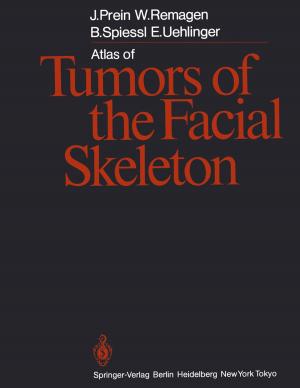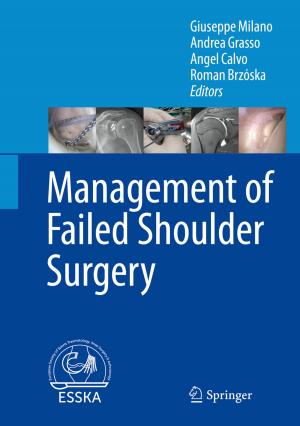Histology of Ancient Human Bone: Methods and Diagnosis
Proceedings of the “Palaeohistology Workshop” held from 3–5 October 1990 at Göttingen
Nonfiction, Health & Well Being, Medical, Medical Science, Anatomy, Social & Cultural Studies, Social Science, Anthropology| Author: | ISBN: | 9783642770012 | |
| Publisher: | Springer Berlin Heidelberg | Publication: | December 6, 2012 |
| Imprint: | Springer | Language: | English |
| Author: | |
| ISBN: | 9783642770012 |
| Publisher: | Springer Berlin Heidelberg |
| Publication: | December 6, 2012 |
| Imprint: | Springer |
| Language: | English |
The examination of excavated human bone finds is mainly the domain of anthropologists and forensic pathologists, the former working with ancient and historical specimens, the latter with modern finds. The methodological and diagnostic approaches to these skeletal finds are the same, regardless of the time of burial. For physical an thropology, bodily human relics are dealt with as historical resources which give clues to ancient population structure, population develop ment, life-style and subsistence. They are thus able to help scientists understand the present state of human populations. The identification of the finds, whether species diagnosis or the evaluation of individual parameters such as sex, age at death, body size and shape, kinship and pathology follows the same procedure used by forensic patholo gists, whose task is the identification of bodily relics in cases of crime, mass disaster and the like. However, there are other disciplines which benefit from excavated bone finds. Anatomy gains insights into the morphological variability of the skeleton in time and place. The implications for modern physi cians and pathologists are at least two-fold: pathological specimens are suitable to unravel the distribution of many diseases and the susceptibility of individuals to pathogens in pre-antibiotic populations. In addition to this epidemiological aspect, exhumed specimens often exhibit advanced states of bone disease which are no longer or only very rarely present in today's industrialized populations because of efficient surgical intervention and pharmacological treatment.
The examination of excavated human bone finds is mainly the domain of anthropologists and forensic pathologists, the former working with ancient and historical specimens, the latter with modern finds. The methodological and diagnostic approaches to these skeletal finds are the same, regardless of the time of burial. For physical an thropology, bodily human relics are dealt with as historical resources which give clues to ancient population structure, population develop ment, life-style and subsistence. They are thus able to help scientists understand the present state of human populations. The identification of the finds, whether species diagnosis or the evaluation of individual parameters such as sex, age at death, body size and shape, kinship and pathology follows the same procedure used by forensic patholo gists, whose task is the identification of bodily relics in cases of crime, mass disaster and the like. However, there are other disciplines which benefit from excavated bone finds. Anatomy gains insights into the morphological variability of the skeleton in time and place. The implications for modern physi cians and pathologists are at least two-fold: pathological specimens are suitable to unravel the distribution of many diseases and the susceptibility of individuals to pathogens in pre-antibiotic populations. In addition to this epidemiological aspect, exhumed specimens often exhibit advanced states of bone disease which are no longer or only very rarely present in today's industrialized populations because of efficient surgical intervention and pharmacological treatment.




![Cover of the book The Double [3+2] Photocycloaddition Reaction by](https://www.kuoky.com/images/2011/august/300x300/9783642228605-KHGG_300x.jpg)










